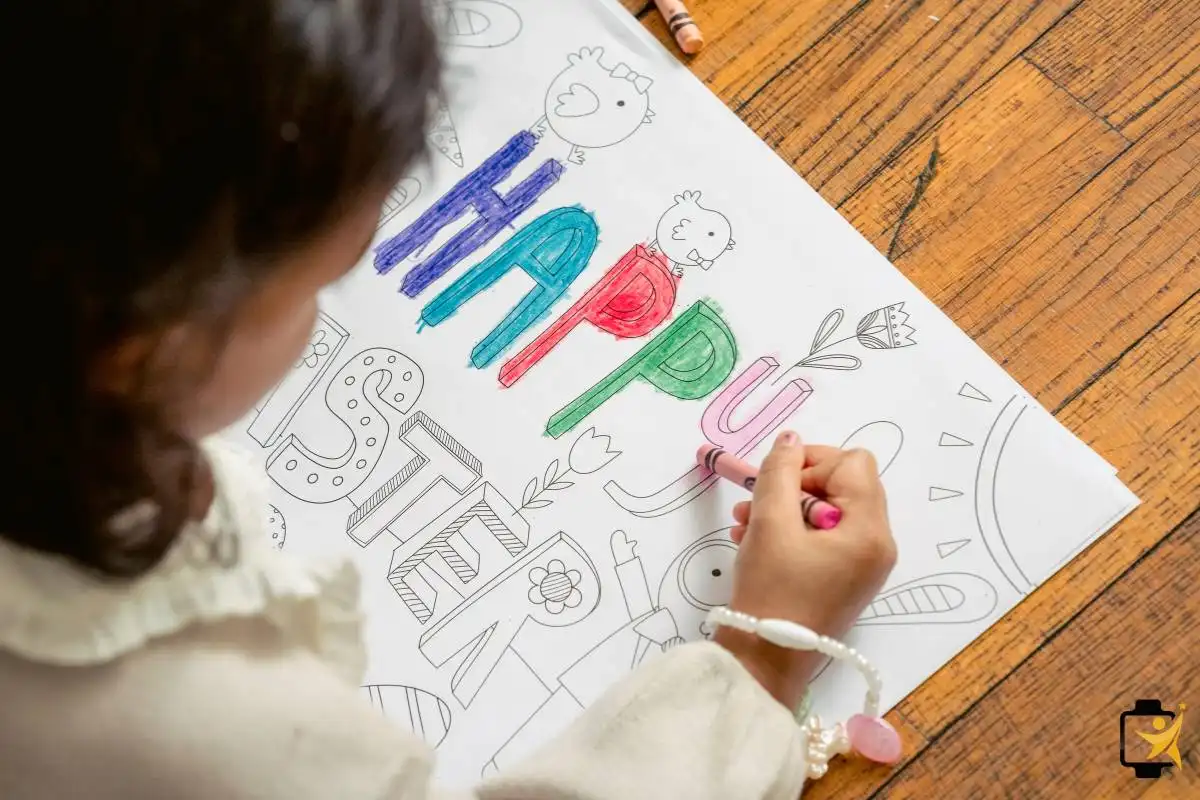As a parent or caregiver of an autistic child, using a checklist of calming strategies can be immensely beneficial in promoting relaxation and emotional regulation. To effectively utilize this checklist, it’s important to understand each strategy and tailor them to suit your child’s unique needs.
Begin by familiarizing yourself with the calming strategies outlined in the checklist. These strategies, such as deep breathing techniques, sensory tools, mindfulness activities, and structured breaks, are designed to help your child manage stress and anxiety.

Calming Strategies Checklist For Autistic Kids - Free PDF Download
As a parent or caregiver of an autistic child, using a checklist of calming strategies can be immensely beneficial in promoting relaxation and emotional regulation.
Customize the checklist based on what works best for your child. Consider their preferences, sensory sensitivities, and communication style when selecting and implementing calming strategies. Remember that every child is different, so be open to experimenting with various techniques.
Create a calming environment at home where your child can practice these strategies. Designate a quiet and comfortable space with sensory-friendly elements like soft lighting, calming visuals, and tactile objects. This space can serve as a safe retreat for your child during times of overwhelm.
Introduce the calming strategies gradually, starting with one or two techniques at a time. Model how to use these strategies by practicing them together with your child. Encourage their active participation and provide positive reinforcement to reinforce their efforts.
Incorporate these strategies into your child’s daily routine. Use visual schedules or reminders to help them remember when and how to use each calming technique. Consistency is key to helping your child internalize these coping mechanisms.
Observe how your child responds to each strategy and be open to making adjustments as needed. Some techniques may resonate more than others, so remain flexible and adaptable. Remember that progress takes time, and small steps forward are worth celebrating.
Communicate regularly with therapists, educators, and other professionals involved in your child’s care. Share insights about which calming strategies are effective and any challenges you encounter. Collaborating with these professionals can provide additional support and guidance.
Encourage your child’s independence by gradually empowering them to use calming strategies on their own. Offer guidance and support as needed, but allow them space to practice self-regulation skills independently.
Regularly review and update the calming strategies checklist to reflect your child’s evolving needs and progress. Stay attuned to any changes in their preferences or sensitivities and adjust the strategies accordingly.
Lastly, don’t hesitate to seek support from support groups, online resources, or mental health professionals if you need assistance. Remember that you’re not alone on this journey, and there are resources available to help you and your child navigate calming strategies effectively.







